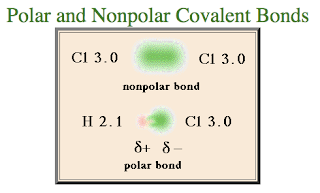Reflection for day 1:
Plenary Sessions:
Importance of water - dirty and clean
We must save water and appreciate it and not take it for granted as there are people in the world who do not have access to clean drinking water and fall sick very easily.
Revolution of Microelectronics Technology
Electronics can be integrated to form better technology like bionano electronics.
Biomedical engineering and technology
Reducing size for a fixed volume to get a larger surface area to have more energy.
IT for Animation
Animation is a painstaking process that needs lots of labour to create frames and animate them.
Disappearing glaciers, rising sea levels, gravity being important
When a glacier melts, the land will pop up, so the sea level near the glacier will decrease while the sea level far away from the glacier will rise.
Deepest impression:
The plenary session that gives me the deepest impression is the one about glaciers, and rising sea levels. This is a problem as it concerns the environment. If the glaciers keep melting, the sea level far away will keep on rising, and tide will rise and causing some islands to be submerged. This will be a major problem for people in the future.
By:
Brendon Goh
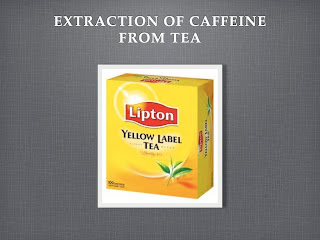
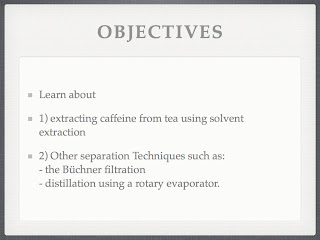

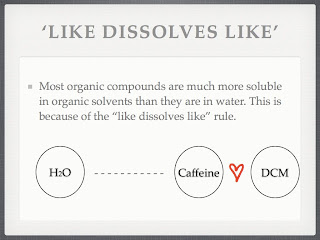

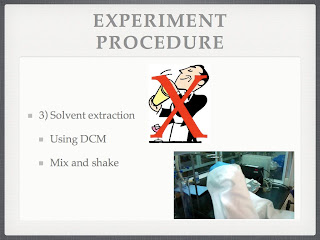






 n
n
 -l
-l t
t )
)